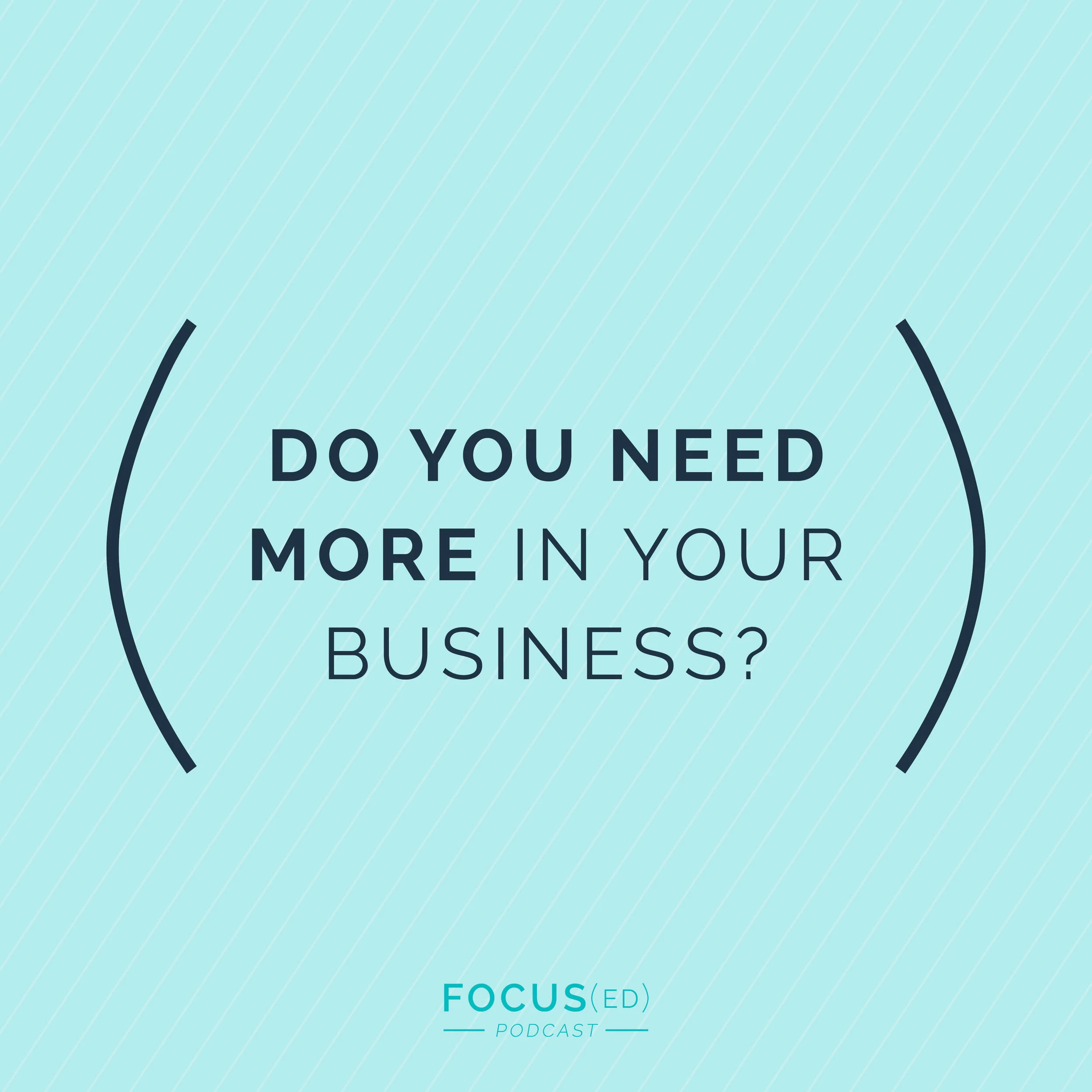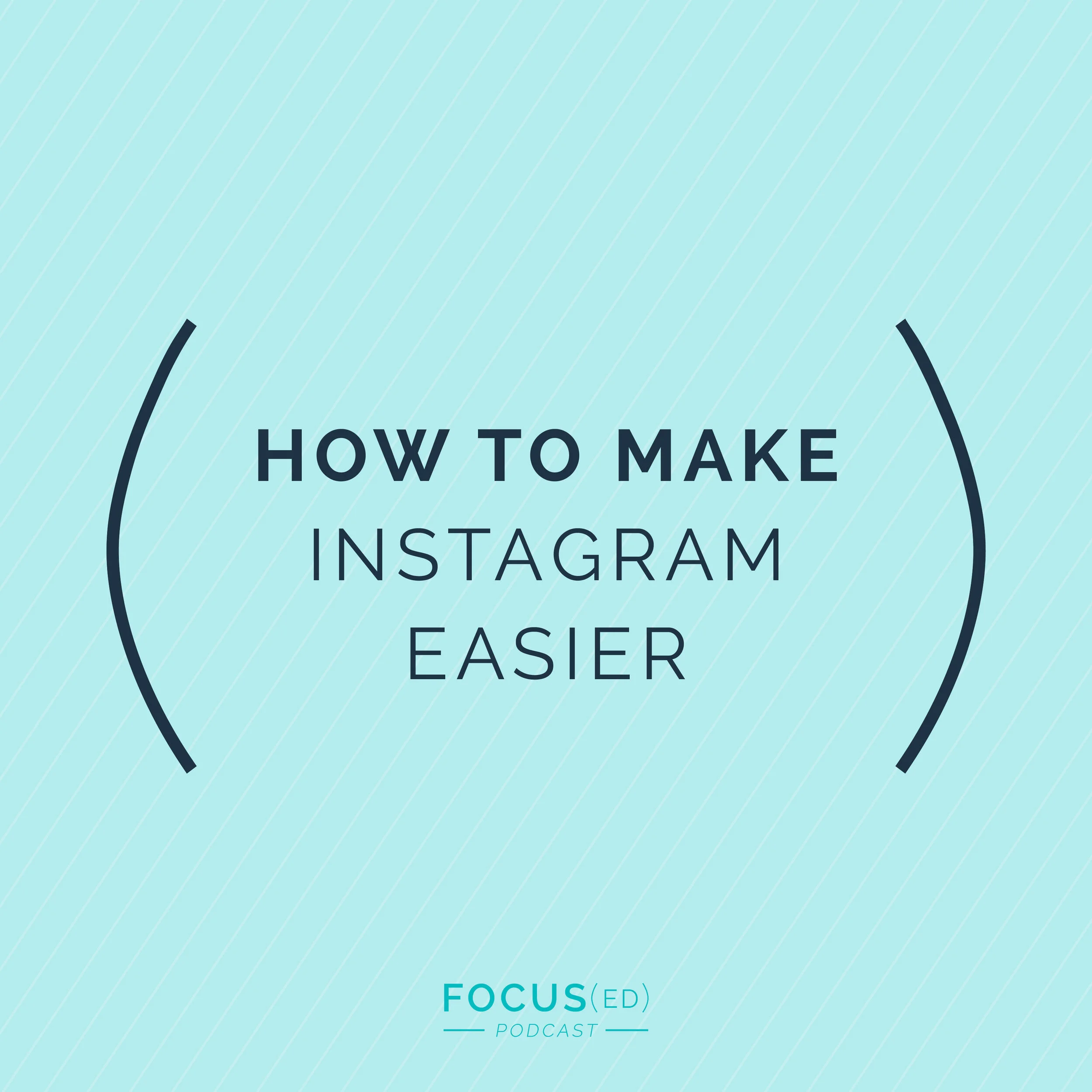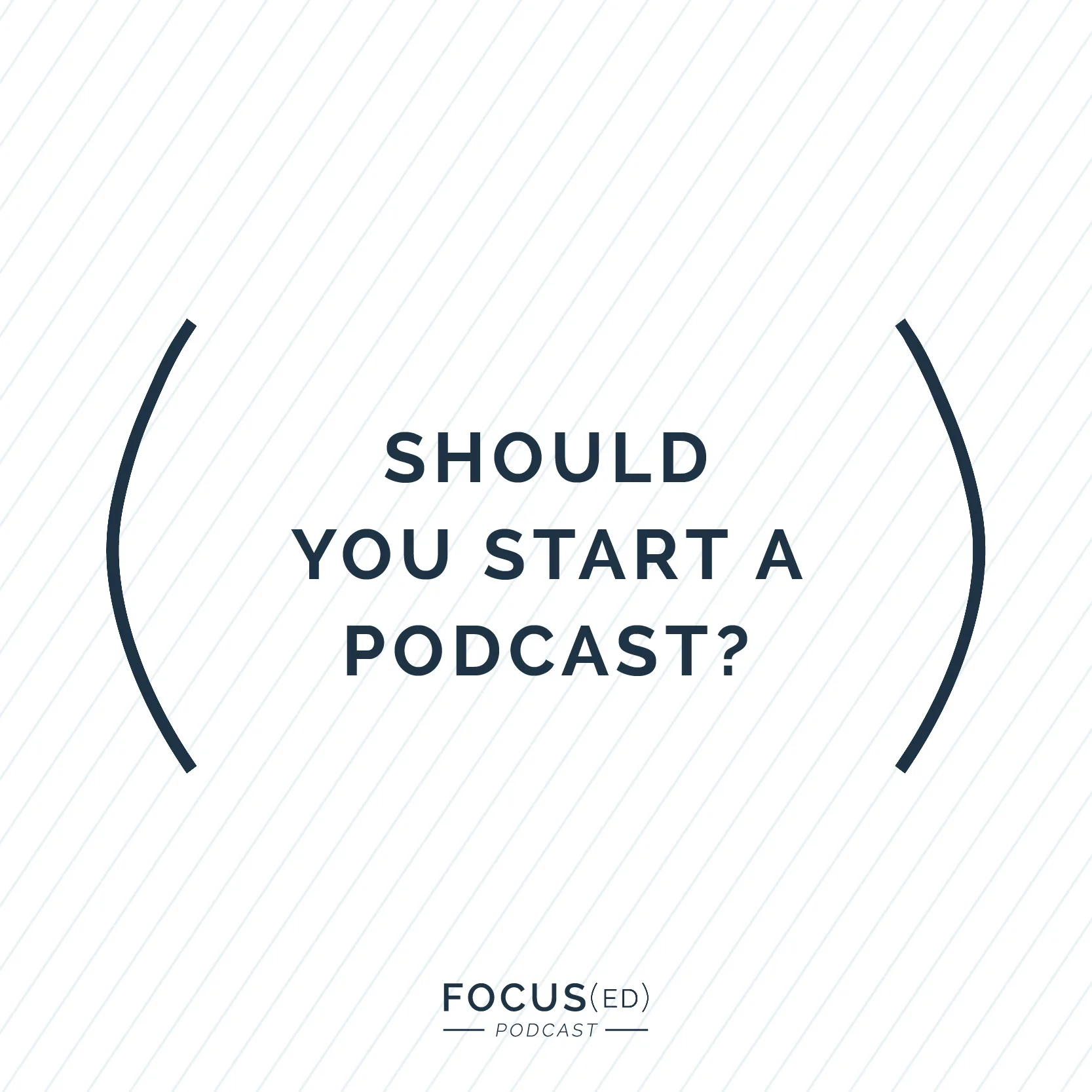Can you be profitable from the start of your business? Paul & Cinnamon
Setting your business up to be profitable
It can be uncomfortable to talk about finances, but if you're wanting to truly grow your business, you need to know your numbers. This episode is a quick breakdown of the points in Profit First by Mike Michalowicz and we share how it has been working for us the past few months.
Let's dive in!
Show Notes
What does it mean to be profitable?
The traditional equation for profitability is sales - expenses = your profit. In Profit First, Michalowicz talks about how it may take awhile to truly be profitable because you do have many expenses when you’re first starting out. Mike points out that most small business owners first look at their bank account to see what they have left to see what they can spend. His theory is that you should take your profit on the front end, you’ll reduce the amount of money you have to spend and then you’ll spend less.
Example: If you start with $100, and go ahead and set $10 aside, then you know you only have $90 to spend. You’ve already made your profit of $10. If you don’t and then you end up spending over $90 first, then you won’t have made any profit.
What about using credit cards?
There are many businesses that will use a credit card first to pay for things as they are getting the business off the ground. They see this as okay because it looks like they have the money, but they’ll never be profitable if your spending more money than you actually have. You need some restrictions on how much you spend when you start out.
Personal restraint
Setting these restrictions allow you to prioritize what you need to purchase first. It really does come down to your priorities and personal restraint. Many businesses start out as a side hustle for extra money, like it did for Cinnamon. But as your business grows into a real business, you need to know your numbers and start turning a profit. Dave Ramsey says ‘If you don’t tell your money where to go, it will just go there on its own.”
The five accounts Mike recommends
Each week or month, you should assign a percentage to each of these categories and zero out your "money in" account.
- Money in
- Money out
- Taxes
- Owner Compensation
- Profit
Once you start doing this, you'll begin to see the money building up in your profit account. This will let you know the amount you can spend for the 'money out' in the following months. Hint: it should still be less than your profits.
Getting started
Cinnamon started this plan in April and May. She has 4 accounts because she keeps her money in and money out in the same place. Some banks do have a minimum requirement to keep an account open without a fee. Make sure you check into this so you don’t pay the fee. Now that Cinnamon has been tracking this, she feels more confident as a business owner.
To grow or not to grow
If you are still just in the hobby phase or planning on staying as a hobby to have some ‘fun money’ then you don’t need to worry about this. But if you ever want to start taking it more seriously, we highly recommend knowing your numbers and setting your business up to be profitable from the beginning.
We mentioned
Profit First*
Dave Ramsey
Nerd Wallet
*affiliate link
Join our Facebook group to chat more about this topic!































